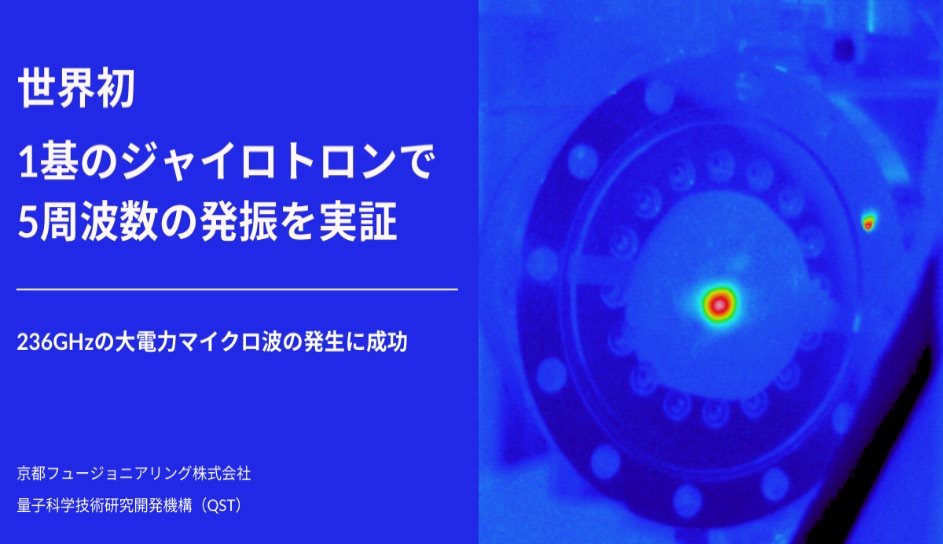2024-07-26 エディンバラ大学
スコットランドでの毎年の鹿の駆除後に鹿の死骸を取り除くことが、環境に必要な栄養素を欠乏させている可能性があると新しい研究が示しています。エディンバラ大学とイェール大学の研究者によると、2010年から2022年の間にスコットランドで失われたカルシウム、窒素、リンの量はそれぞれ251,188kg、195,652kg、152,834kgと推定されています。カルシウムの喪失は特に商業用および自然林の再生を妨げ、鳥類の殻の厚さの減少などにも影響します。研究者は、駆除された鹿の死骸をその場に残すか、自然に死ぬようにすることで栄養素を環境に戻すことを提案しています。この研究は「Ecological Solutions and Evidence」に掲載されました。
<関連情報>
- https://www.ed.ac.uk/news/2024/clearance-of-deer-cull-carcasses-is-loss-to-ecosys
- https://besjournals.onlinelibrary.wiley.com/doi/full/10.1002/2688-8319.12356
消えた死骸、失われた栄養分: スコットランドにおけるシカ淘汰による栄養損失量の定量化 Missing carcasses, lost nutrients: Quantifying nutrient losses from deer culling practices in Scotland
Kristy M. Ferraro, Christopher Hirst
Ecological Solutions and Evidence Published: 25 July 2024
DOI:https://doi.org/10.1002/2688-8319.12356

Abstract
- Deer management has become an integral part of ecosystem recovery efforts across the globe. Within Scotland, annual deer culls have been implemented to control deer browsing, with the carcasses most often removed from the landscape. Given that animal bodies concentrate large quantities of nutrients, this practice may deplete ecosystems of vital nutrients.
- We quantified the nitrogen, phosphorous and calcium losses from the removal of culled deer carcasses using nationwide statutory cull reports for four deer species in Scotland between 2010 and 2021. We estimate that annual losses from carcass removal over this period averaged 195,652 kg of nitrogen, 152,834 kg of phosphorus and 251,188 kg of calcium across Scotland. While both red and roe deer were culled at a much higher rate than the other two species red deer culls accounted for approximately 70% of the nutrients lost. Further, while large quantities of all three nutrients were removed from the landscape, calcium losses were particularly high.
- We then calculated nutrient losses within the three land classifications used in statutory cull reporting—agricultural areas, open range and woodlands—across Scotland’s Deer Count Areas. Using data from the literature, we considered these losses in the context of other major environmental inputs and outputs within each land classification. Our results demonstrate that while open range lost more nutrients compared to the other two land classifications, culling resulted in high rates of phosphorus and calcium loss throughout all land classifications when compared to other environmental inputs.
- Practical implication. Our findings suggest that current practices of carcass removal are gradually stripping nutrients from the Scottish landscape, potentially undermining habitat recovery goals. While this study offers a preliminary, coarse scale summary of the issue, the way forward requires further study of local effects from carcass removal on nutrient pools and balancing deer management with habitat function through interwoven deer and nutrient management strategies.



